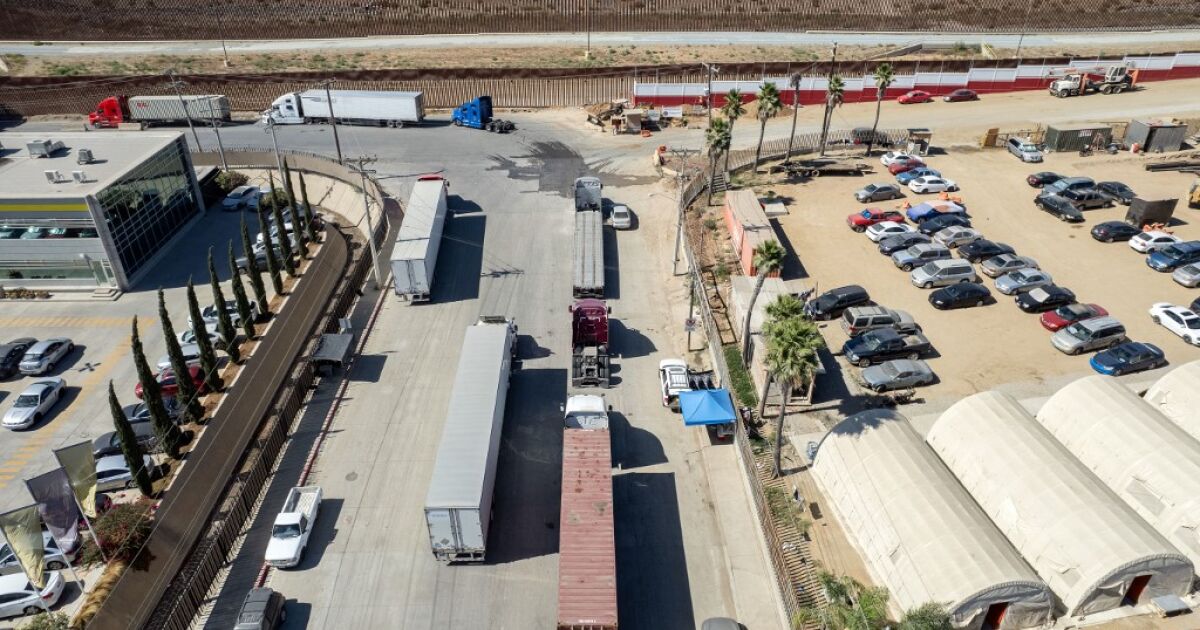The increase in trade in agricultural products from the United States to Mexico has been notable, following the entry into force of the USMCA (July 2020).
In 2020, sales from the United States to Mexico amounted to $18.34 billion, by 2021 they increased to more than $25 billion, and in 2022 to $28 billion.
In this regard, for the United States, logistics is a crucial part of any export process, but especially in its relationship with Mexico due to the interdependence of their food systems.
The products that the neighboring country sells the most to Mexico are corn, soybeans, meat and pork products, dairy products, meat and poultry products, beef, wheat, sugar, food preparations and soy flour.
According to the United States, Mexico’s food retail sector is strong, valued at $82.2 billion, offering expanding opportunities for American products.
Additionally, Mexico’s food processing industry is the second largest in Latin America, behind Brazil, making it an important market for U.S. processing ingredients.
There is a downside to this opportunity: bilateral agricultural trade between the United States and Mexico is becoming increasingly complex in terms of the diversity of products, modes of transportation, periods of increased volumes, and ports of entry, as identified by the USDA.
Added to this is the fact that supply chains at the border are experiencing commercial growth due to the nearshoring phenomenon, which is intensifying traffic through the various commercial entry points along the 2,000 miles of land border.
On the logistics side, he notes that in some small towns and rural areas in Mexico, infrastructure remains underdeveloped, and they are often affected by violence and high crime rates, which can negatively affect business activities.
And border issues (both rail and truck) can slow down the clearance process and cause delays.















